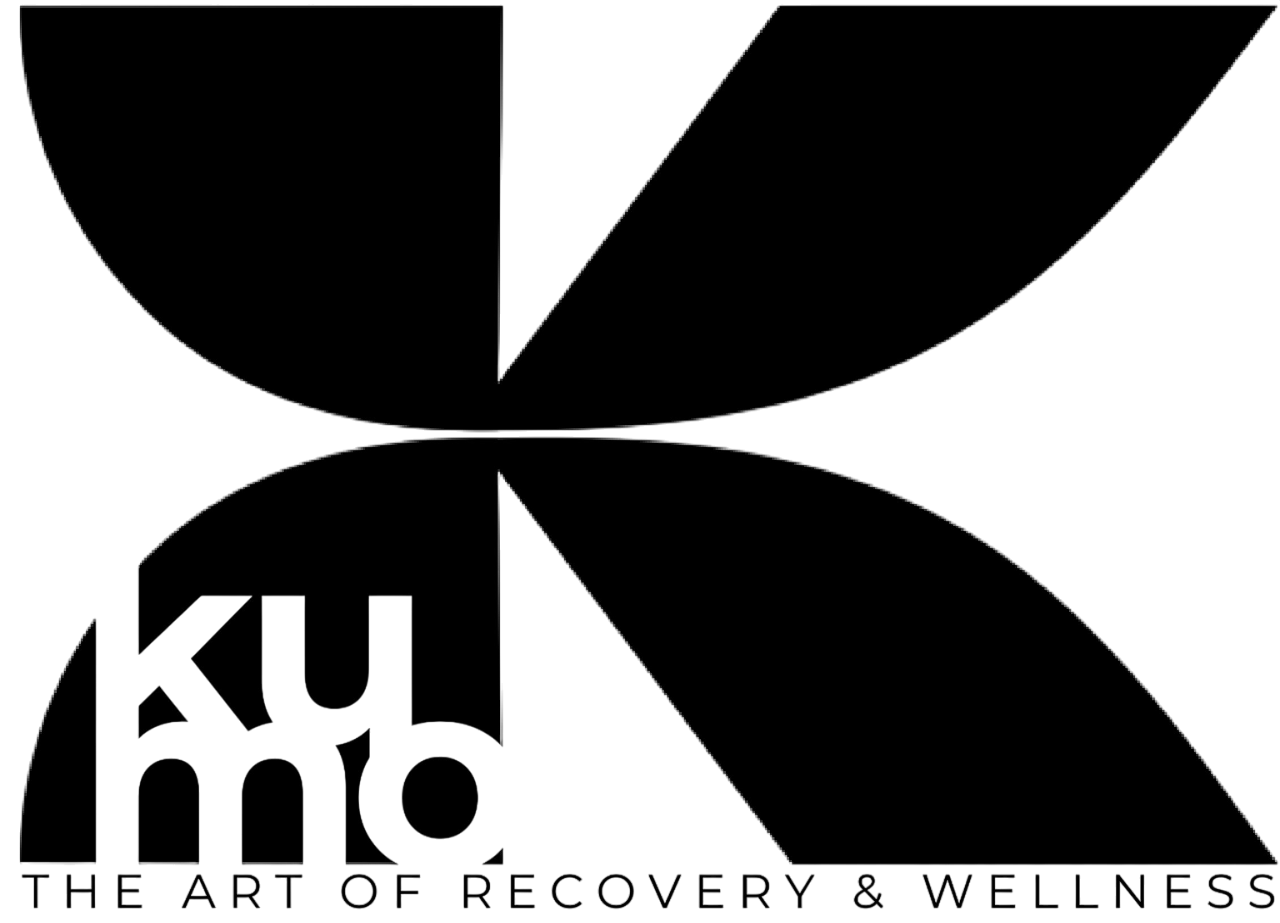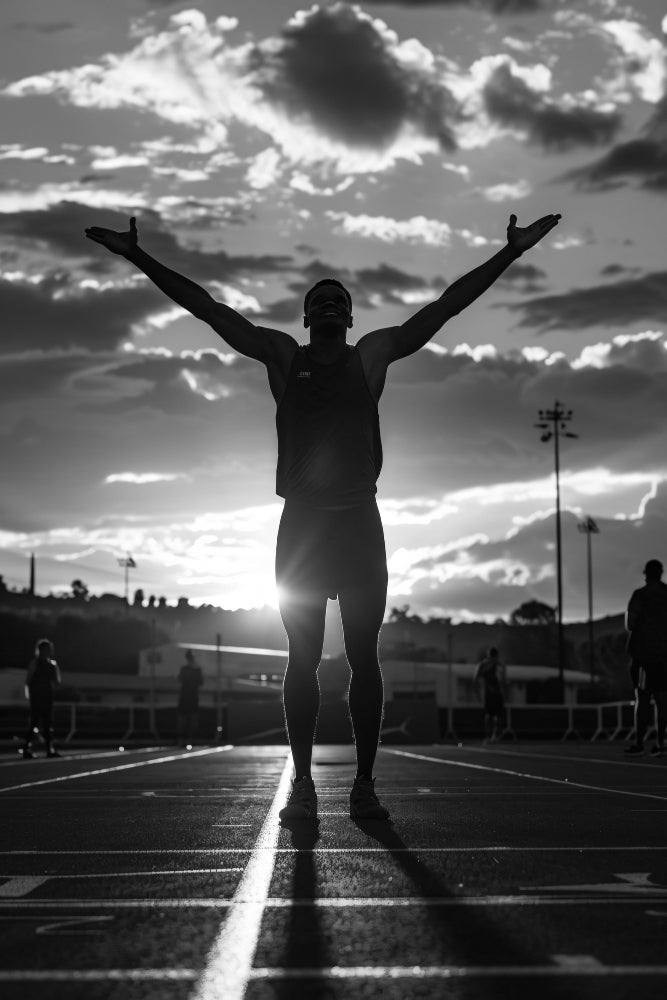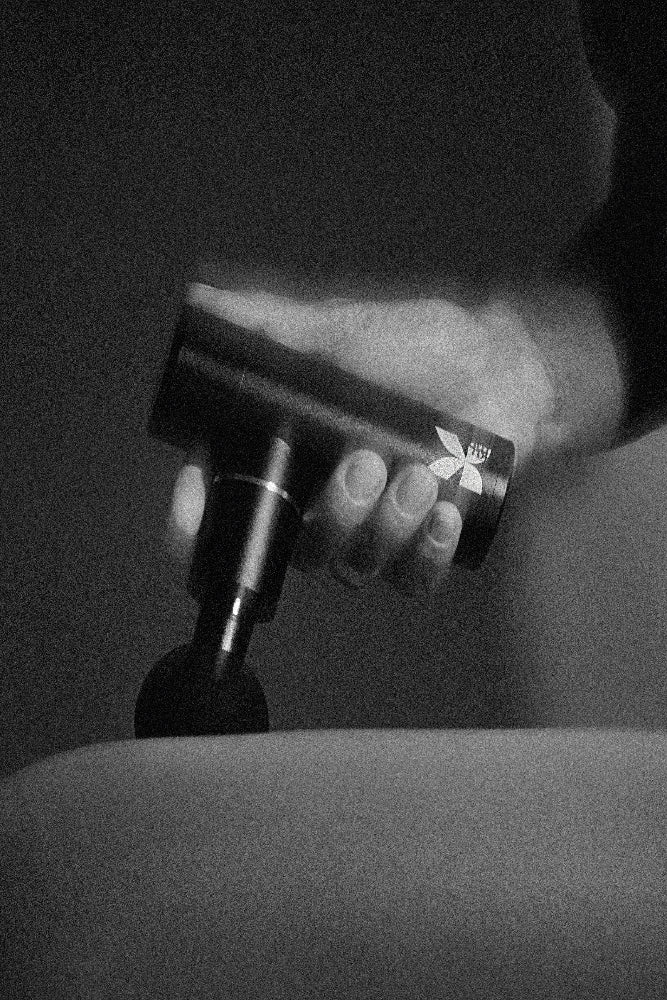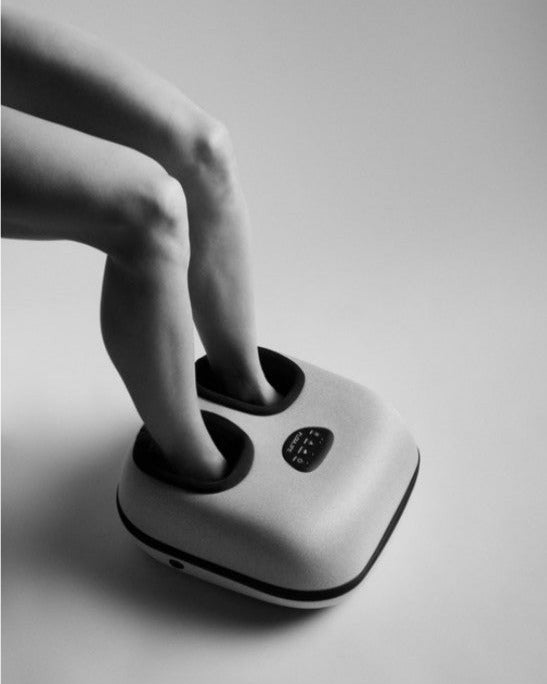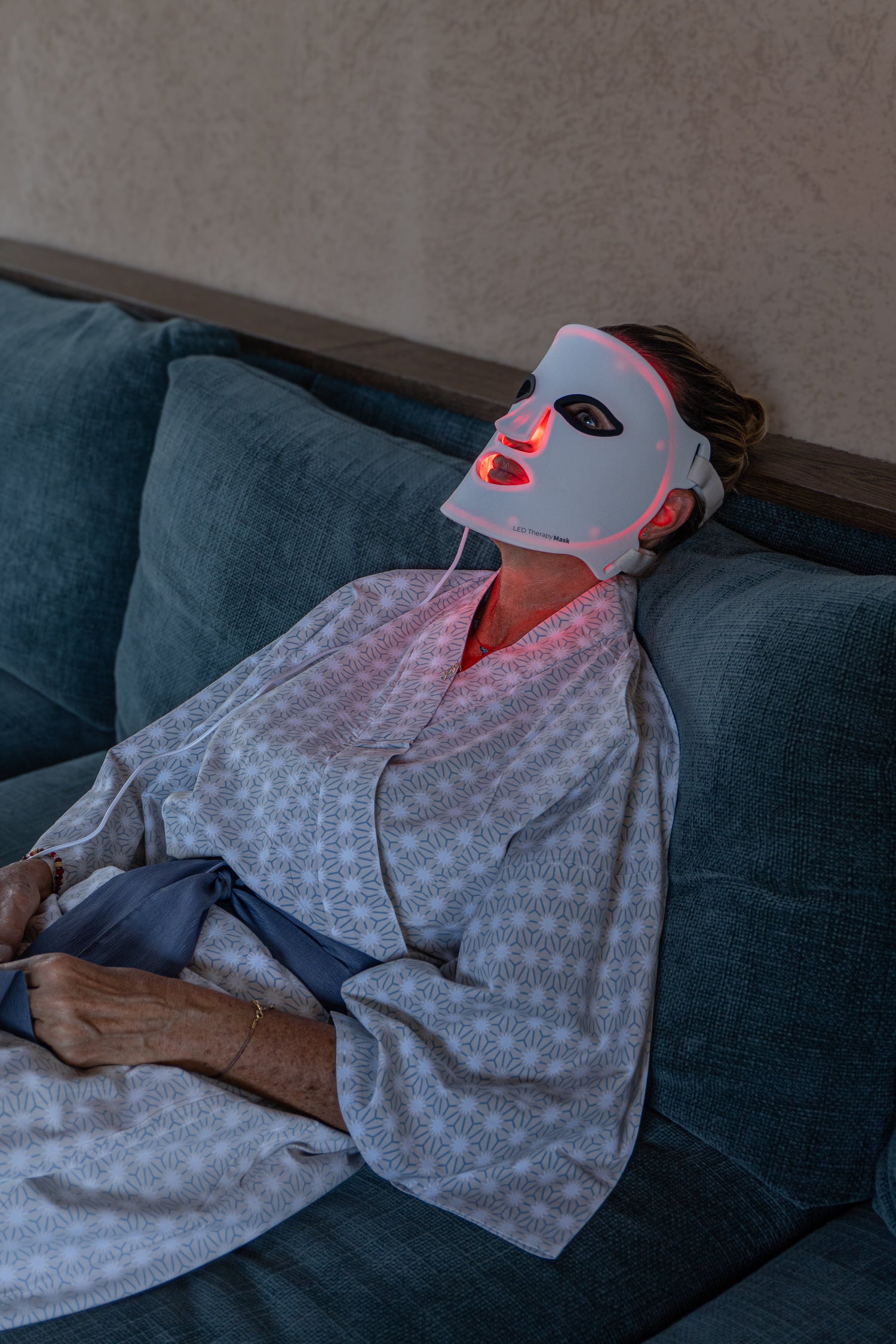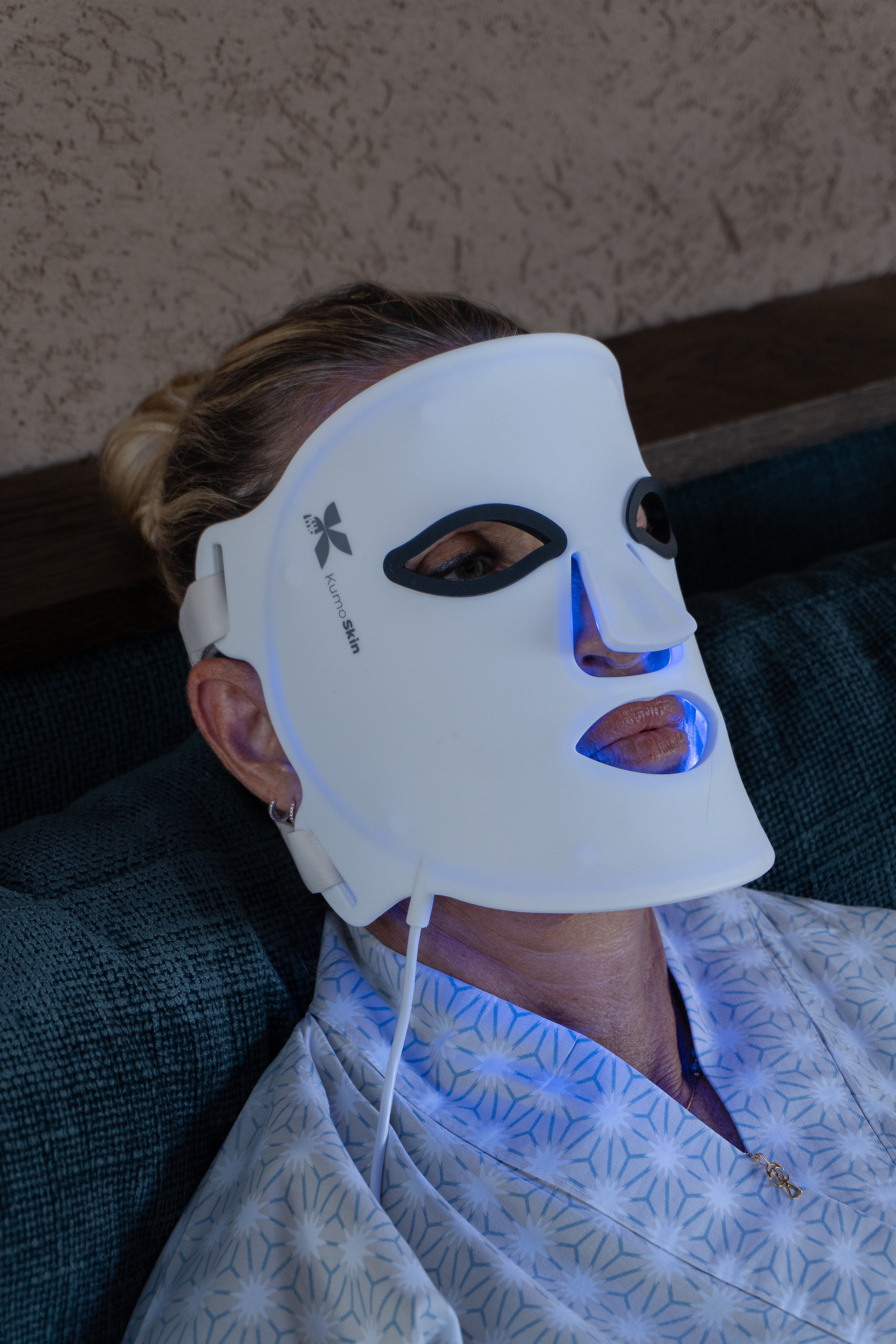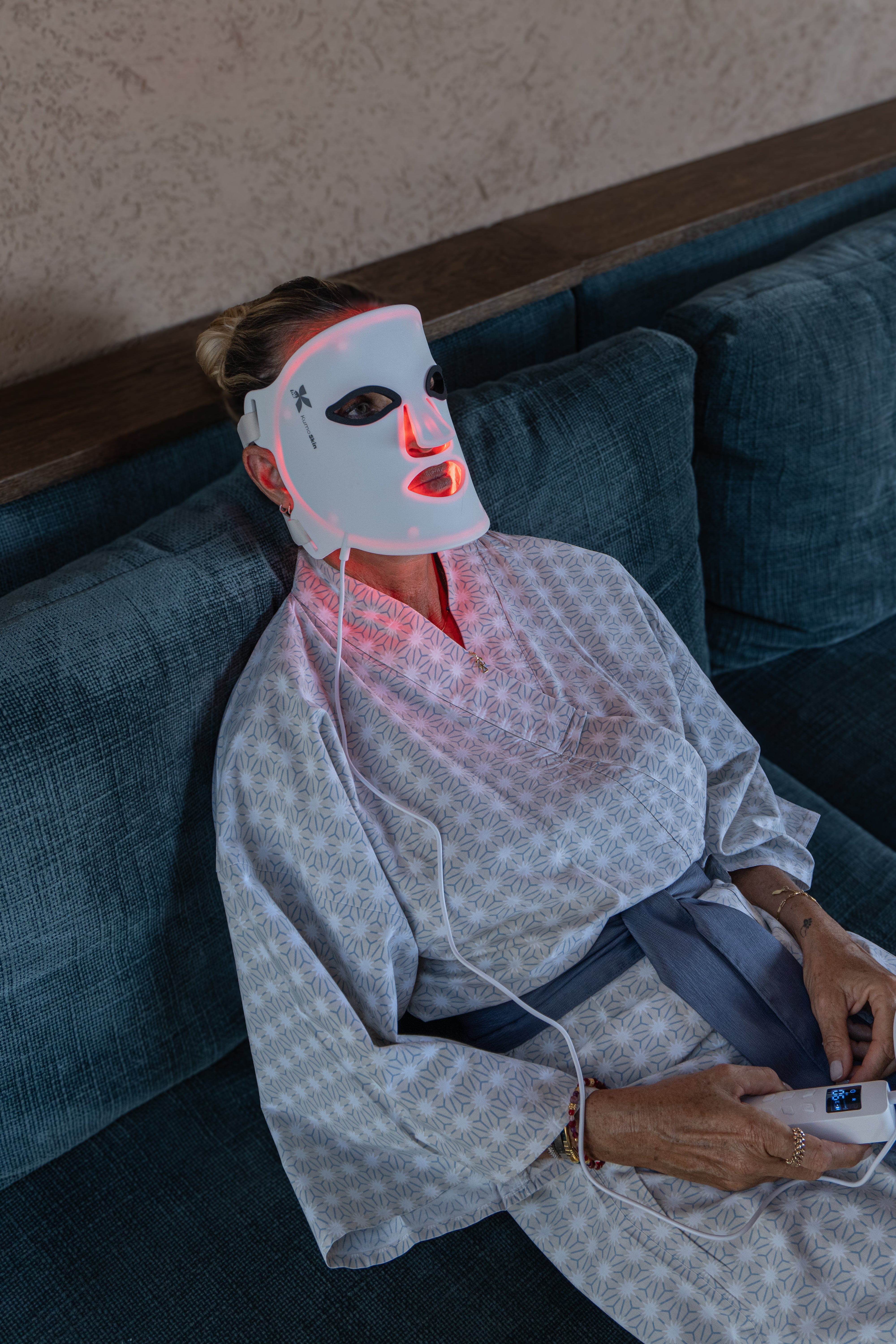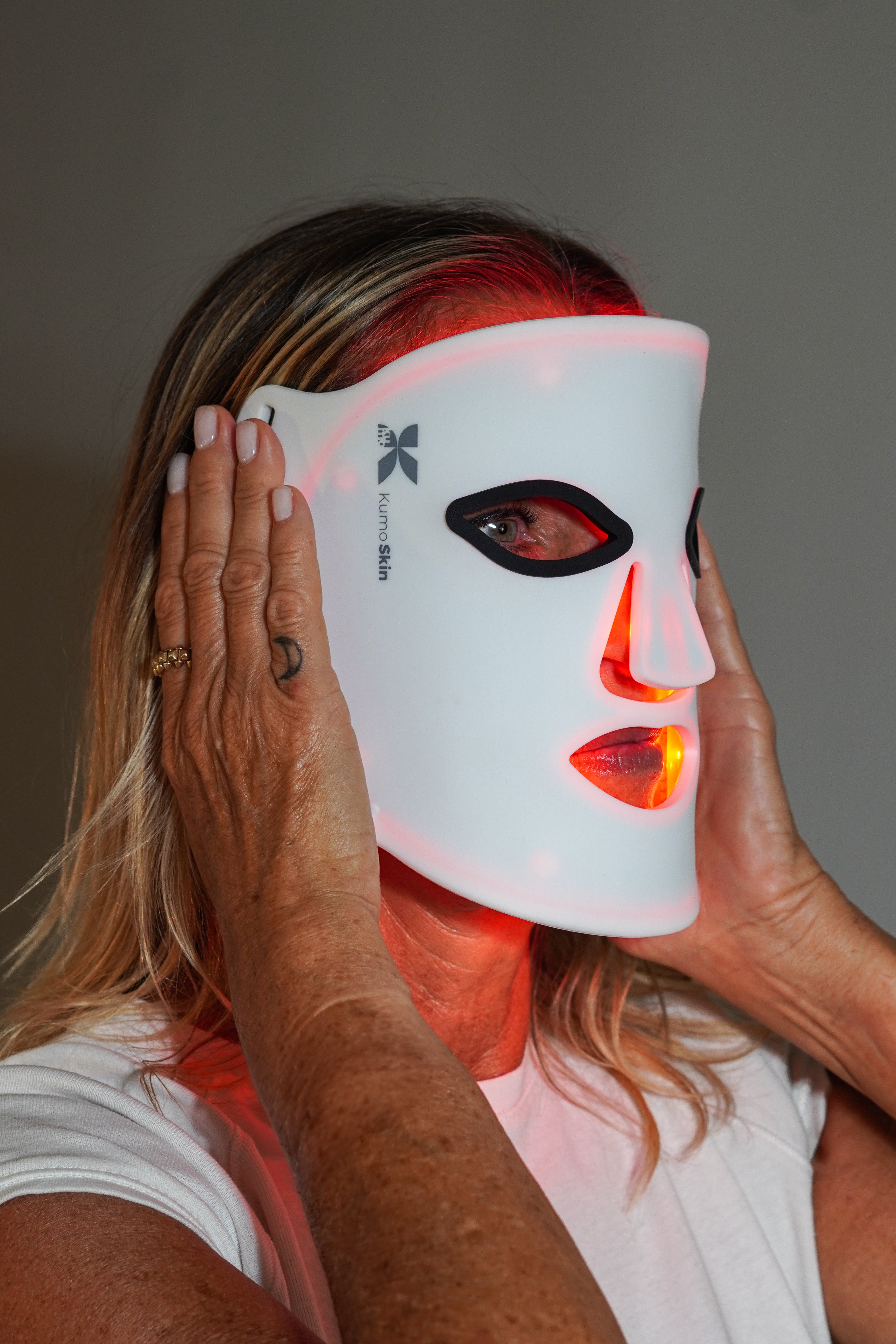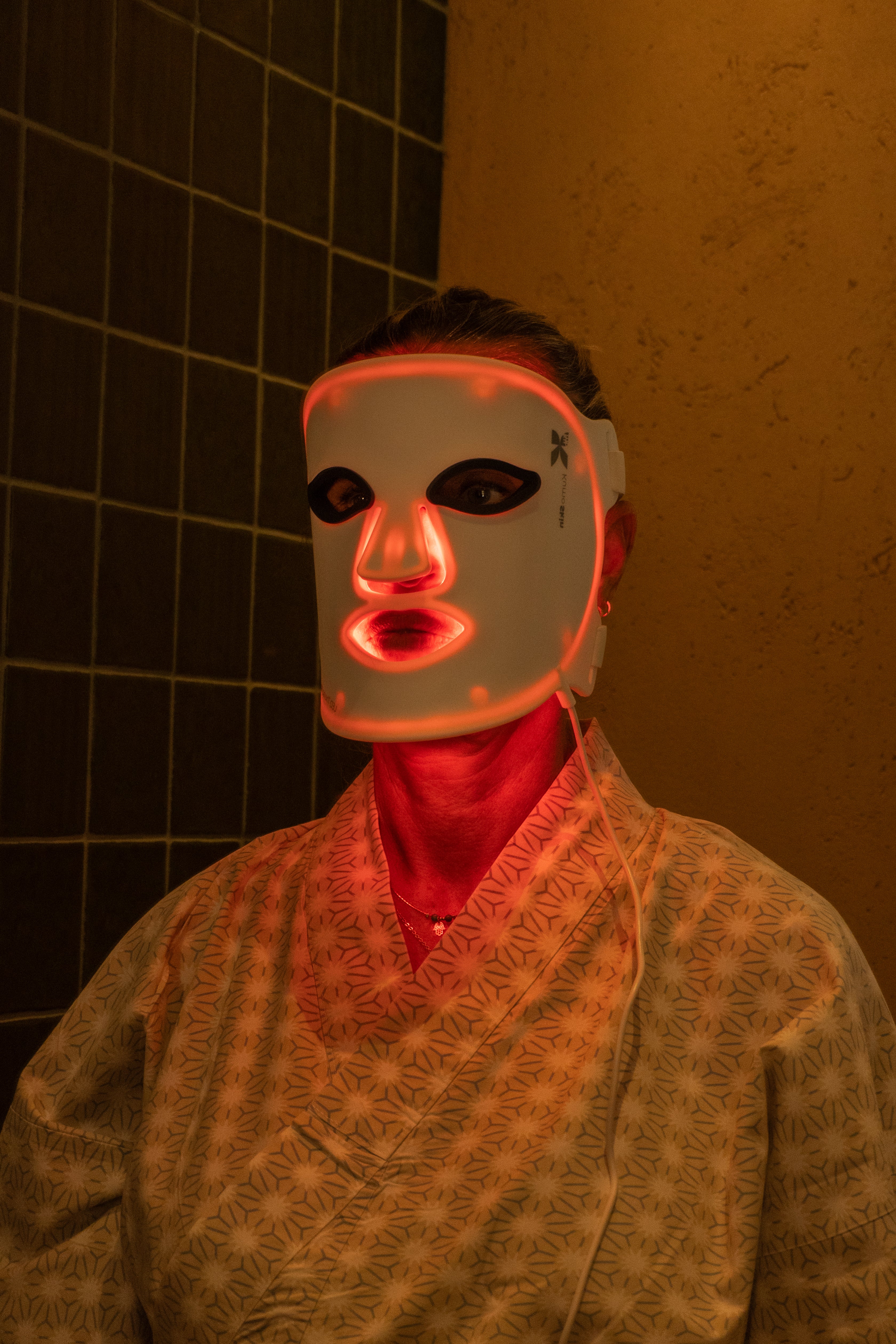Red light therapy for recovery, healing, and better sleep. In this guide, you'll learn what it is, how it works, the science-backed benefits, and how to use it safely at home for skin, muscles, sleep, and pain.
Coming soon
- Stimulates cellular energy (ATP) and reduces inflammation with red (630–660 nm) and near-infrared (810–850 nm) wavelengths.
- Key benefits: skin regeneration, muscle recovery, joint pain relief, and improved nighttime sleep.
- Guideline protocols: 10–20 minutes, 3–5 days/week, 10–30 cm away, following the device.
- Safe and noninvasive; avoid use on unprotected eyes, photosensitive skin, or active lesions without supervision.
- It integrates with recovery habits such as pressure therapy and massage for consistent results.
What is red light therapy and how does it work?
Red light therapy (also called photobiomodulation) uses LEDs in specific ranges of red and near-infrared light to influence cellular processes. These wavelengths penetrate tissues and are absorbed by cytochrome c oxidase in mitochondria, which can increase ATP production and modulate oxidative stress.
This mechanism is associated with anti-inflammatory effects, improved tissue repair, and mild analgesia. Scientific reviews have described these foundations for over a decade, and their use has expanded from clinical trials to safe and easy-to-use home devices. For more information, you can consult a review of mechanisms in the NIH repository "Photobiomodulation: Mechanisms and Applications ."
Benefits and main uses
Skin care: radiance, acne and firmness
- Stimulation of fibroblasts and collagen/elastin synthesis, with gradual improvements in texture and fine lines.
- Reduction of redness and mild acne breakouts by modulating inflammation.
- At home, quality LED masks combine red and infrared to enhance results; explore KUMO's LED therapy collection .
Muscle recovery and performance
- It promotes local circulation and energy metabolism, helping to reduce soreness and stiffness after intense workouts.
- Before exercise, low doses can "pre-activate" tissues; afterward, they help speed recovery, especially when combined with techniques such as leg pressotherapy .
Joint and soft tissue pain
- For chronic neck, knee, or shoulder pain, red light can reduce inflammation and pain perception as part of a multimodal treatment plan.
- The Cleveland Clinic details its noninvasive nature and analgesic potential in its patient guide to red light.
Sleep and circadian rhythms
- Red light at night does not suppress melatonin like blue light; some studies in athletes have shown subjective improvements in sleep and nighttime recovery.
- The Sleep Foundation summarizes how red lighting promotes sleep-friendly environments and pre-sleep routines in this guide.
Practical advice: Use it at the end of the day with a relaxing routine (breathing, gentle stretching). Weekly consistency is better than long, sporadic sessions.
How to use it at home: guidelines
Each device has power and distance specifications. As a general rule:
- Distance: 10–30 cm from the skin for panels; face masks remain in controlled contact.
- Duration: 10–20 minutes per zone.
- Frequency: 3–5 times per week for 8–12 weeks; then maintenance 2–3 times/week.
- Clean, dry skin; avoid photosensitizing cosmetics (retinoids, AHA/BHA) immediately beforehand.
Protocols by objective
- Skin (texture, fine lines): 3–5 sessions/week, 10–15 min, red 630–660 nm; combine with moisturizer and daytime SPF.
- Mild acne: 10–15 min, alternating days; avoid use on active open lesions without professional advice.
- Muscle Recovery: 10–20 min per muscle group post-workout; incorporate percussion massage with the KUMOPulse Air massage gun to release tissue and improve flow.
- Sleep: 10–15 min, 1–2 hours before bedtime with low warm ambient light.
Quick reference table (wavelength, target, time)
| Wavelength | Main objective | Typical weather | Frequency |
|---|---|---|---|
| 630–660 nm | Skin, collagen, acne | 10–15 min | 3–5/week |
| 810–850 nm | Muscle/joints | 10–20 min | 3–5/week |
| Combined | Comprehensive recovery | 10–20 min | 3–5/week |
Always follow the equipment manufacturer's instructions and adjust to tolerance. If you're looking for aesthetic and performance options for your home, discover KUMO's line of LED fixtures .
Safety, contraindications and side effects
Red light therapy is well tolerated and noninvasive. Possible mild side effects include transient redness or local warmth. Precautions:
- Eyes: Do not look directly at the powerful LEDs; wear eye protection if indicated by the device.
- Photosensitivity: Consult if you are taking photosensitizing drugs/formulations (retinoids, some antibiotics).
- Pregnancy, active cancer, photosensitive epilepsy, or unevaluated wounds: seek medical advice before use.
- Discontinue if irritation persists and seek guidance.
For personalized questions, our team can guide you based on your goals: don't hesitate to contact us .
How to choose a red light device
- Wavelengths: Prioritize equipment with red 630–660 nm and near-infrared 810–850 nm for surface and deep coverage.
- Irradiance and size: more coverage = less time per zone; actual power at 10–30 cm is key.
- Design and ergonomics: face masks for the face; panels or pads for the body.
- Modes and timer: facilitate adherence and safety.
- Certifications and support: warranty, materials, and service. Discover KUMO 's aesthetic and performance offering, designed to integrate recovery into your routine.
Integration with other recovery tools
- Pressotherapy: After intense leg sessions, alternate between red light and pressotherapy boots to activate venous return and relieve heaviness.
- Percussion Massage: Combine 3–5 minutes of the KUMOPulse Air with post-workout red light to relax and speed up recovery.
- Sleep hygiene: warm lighting at night, consistent routine, and exposure to natural light in the morning to strengthen the circadian rhythm.
Evidence and realistic expectations
The literature on photobiomodulation has grown with promising results in dermatology and rehabilitation. However, the response is individual and depends on dose, consistency, and lifestyle. Review reviews of mechanisms and clinical applications in the NIH repository here and outreach guides from institutions such as the Cleveland Clinic and the Sleep Foundation. Expect gradual improvements in 4–8 weeks of consistent use.
Frequently Asked Questions
How long does it take to notice improvement with red light?
It depends on the goal and consistency. For skin, changes in texture/brightness are usually seen after 4–6 weeks of 3–5 weekly sessions, while firmness takes longer (8–12 weeks). For muscle recovery and soreness, many people report relief within days or a few weeks with post-workout use or during pain flare-ups. The key is to maintain regular sessions, adhere to the schedule, and not exceed the manufacturer's recommended dosage.
Does red light therapy help you sleep better?
It can facilitate rest by not interfering with melatonin production at night and by serving as an anchor for a relaxing routine. Some studies in athletes have observed subjective improvements in sleep after several weeks of evening use. To maximize benefits, dim blue screens at night, use warm lighting, and apply red light 1–2 hours before bedtime. The Sleep Foundation offers helpful guidance on this approach.
Is it the same as low power laser?
They share a common mechanism (photobiomodulation), but differ in source and parameters. Lasers emit a coherent, focal beam; red light LEDs emit non-coherent light with a larger coverage area, ideal for home use. Properly dosed, both can be effective; the choice depends on the objective, the area being treated, and preferred use. For home use, LEDs offer a very favorable practicality/coverage ratio.
Can I use it if I have acne or sensitive skin?
For mild acne, red light can help regulate inflammation and redness. Start with short sessions (8–10 minutes) every other day and observe the response. Avoid applying it immediately after photosensitizing products (retinoids, AHAs/BHAs) and check with your doctor if you are taking active medical treatments. If your skin is very reactive, test on a small area before expanding your routine.
Are there any side effects or risks?
Adverse effects are rare and usually limited to mild redness or transient warmth. Avoid looking directly at bright sources without eye protection and do not use the device on unexamined lesions or areas with active cancer. If you are taking photosensitizing medications, consult your doctor first. Adjust the distance/time if irritation occurs and follow the device's guidelines for safe use.
To go
- Red light therapy stimulates cellular energy and modulates inflammation to support skin, muscles, joints, and sleep.
- Use 10–20 minutes per zone, 3–5 times per week, at 10–30 cm; be consistent for 4–8 weeks.
- Prioritize equipment with 630–660 nm and 810–850 nm, good coverage and timer.
- Safety first: avoid unprotected eyes and photosensitizing products before the session.
- Combine it with pressure therapy, massage, and sleep habits to enhance results.
- Ready to get started? Explore KUMO LED therapy or learn more about our philosophy at KUMO .
